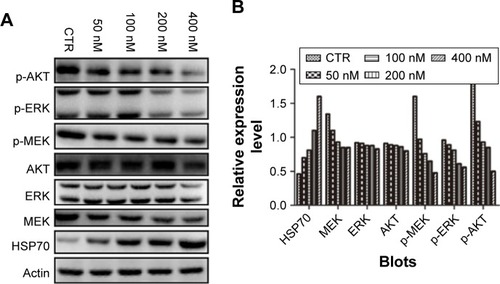Figures & data
Figure 1 17-AAG and NVP-AUY922 inhibit the proliferation of PC12 cells.
Abbreviations: 17-AAG, 17-allylamino-17-demethoxygeldanamcyin; HSP70, heat-shock protein 70; CTR, control.
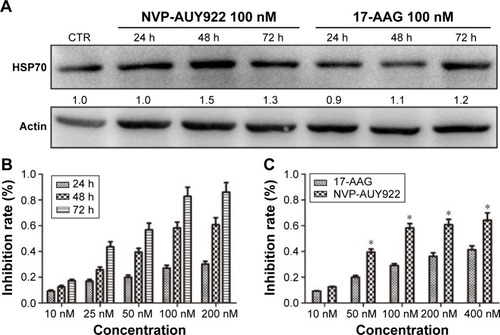
Figure 2 NVP-AUY922 inhibits PC12 cell migration.
Abbreviation: CTR, control.

Figure 3 Induction of cell-cycle arrest by NVP-AUY922 in PC12 cells.
Abbreviations: PI, propidium iodide; CTR, control.
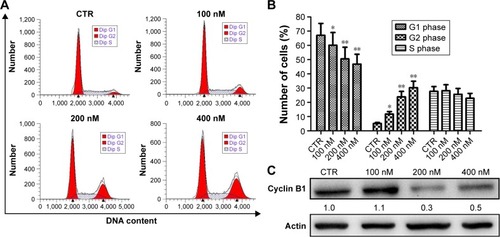
Figure 4 NVP-AUY922 induces apoptosis in PC12 cells.
Abbreviations: PI, propidium iodide; CTR, control; PE-A, phycoerythrin; FITC-A, protein A fluorescein isothiocyanate.
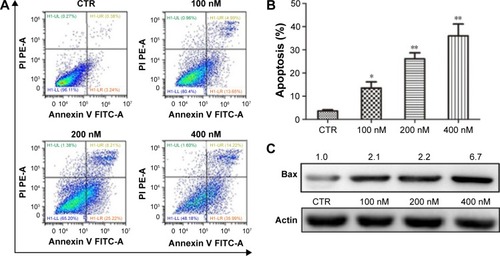
Figure 5 NVP-AUY922 inhibits the growth of PCC tumors.
Abbreviations: PCC, pheochromocytoma; CTR, control.
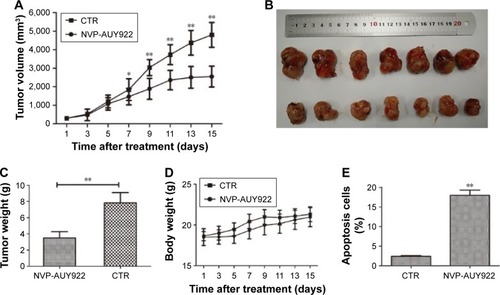
Figure 6 NVP-AUY922 modulates MEK/ERK and PI3K/AKT signaling in PC12 cells.
Abbreviations: ERK, extracellular signal-regulated kinase; HSP70, heat-shock protein 70; CTR, control; p-AKT, phosphorylated AKT; p-ERK, phosphorylated ERK; p-MEK, phosphorylated MEK.
